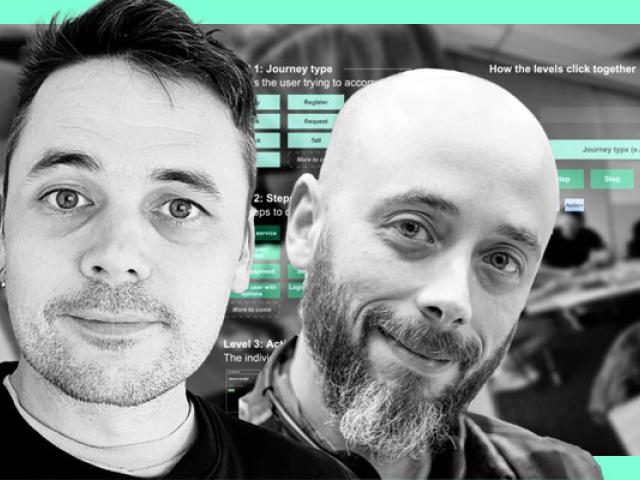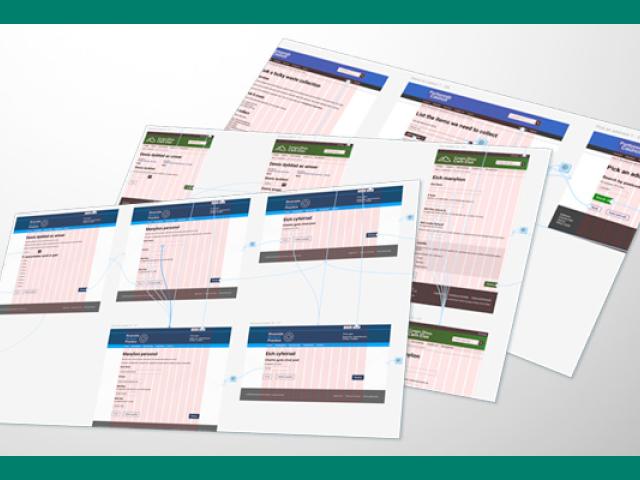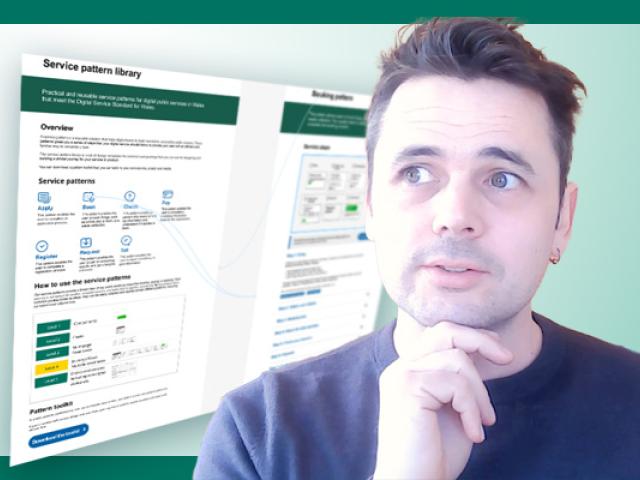Overview
We are creating a service pattern library for Wales. It provides reusable patterns for common types of digital services, helping services feel consistent, predictable and easier to use in both Welsh and English.
Early work tested the feasibility, usability and practical application of the library with practitioners. Later, we tested whether services built using patterns worked for the public, including bilingual content patterns and service flows.
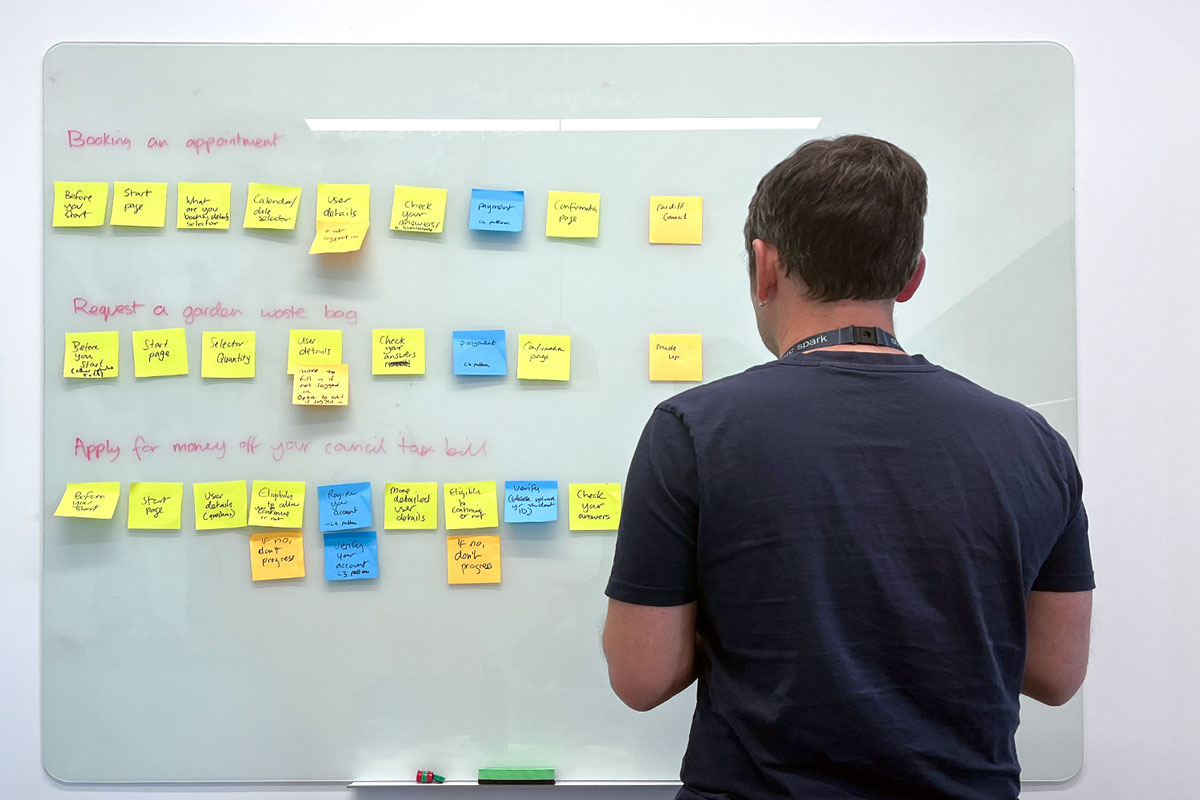
Problem and goals
The challenges we’re addressing include:
- inconsistent design: service users face different processes across the Welsh public sector
- resource constraints: teams often start from scratch without clear guidance
- bilingual accessibility: the quality of services in Welsh is lower
- scope and adaptability: existing solutions don’t always meet user needs
Our goal is to test if a standardised, user-friendly service pattern library could help improve:
- consistency: standardising service design across the public sector
- efficiency: reducing time and effort spent on design, translation and usability testing
- bilingual accessibility: ensuring equal functionality in Welsh and English
- usability: providing clear guidance on implementation and adaptation
What we've done
Organisational workshops
Teams across Wales tested:
- Feasibility – could they integrate the library into their work?
- Usability – was the library intuitive for different experience levels?
- Practical application – could patterns be applied to real services?
Workshops helped refine guidance, structure and step order.
Practitioner interviews
We spoke with practitioners to understand:
- how teams currently design and build services
- tools, systems and workflow constraints
- knowledge and experience with service patterns
Insights ensured the library would be usable across diverse teams and contexts.
Communities of practice
Content, service and interaction designers shared learning, co-created patterns, and developed understanding of service patterns for use across Welsh public services.
View our communities of practice.
Cross-government collaboration
We shared learning with teams in similar work, including The Scottish Government, to:
- align approaches
- share guidance and adoption lessons
- avoid duplication and build on existing findings
Citizen testing of prototypes
We created service prototypes using patterns and tested them with the public to check:
- ease of use and familiarity
- bilingual content usability
- appropriateness of content and interaction patterns in service flows
Testing included in-depth sessions (45–60 minutes) and quick sessions at the Eisteddfod (10–15 minutes) with participants of different ages, digital confidence, language skills and neurodiverse needs.
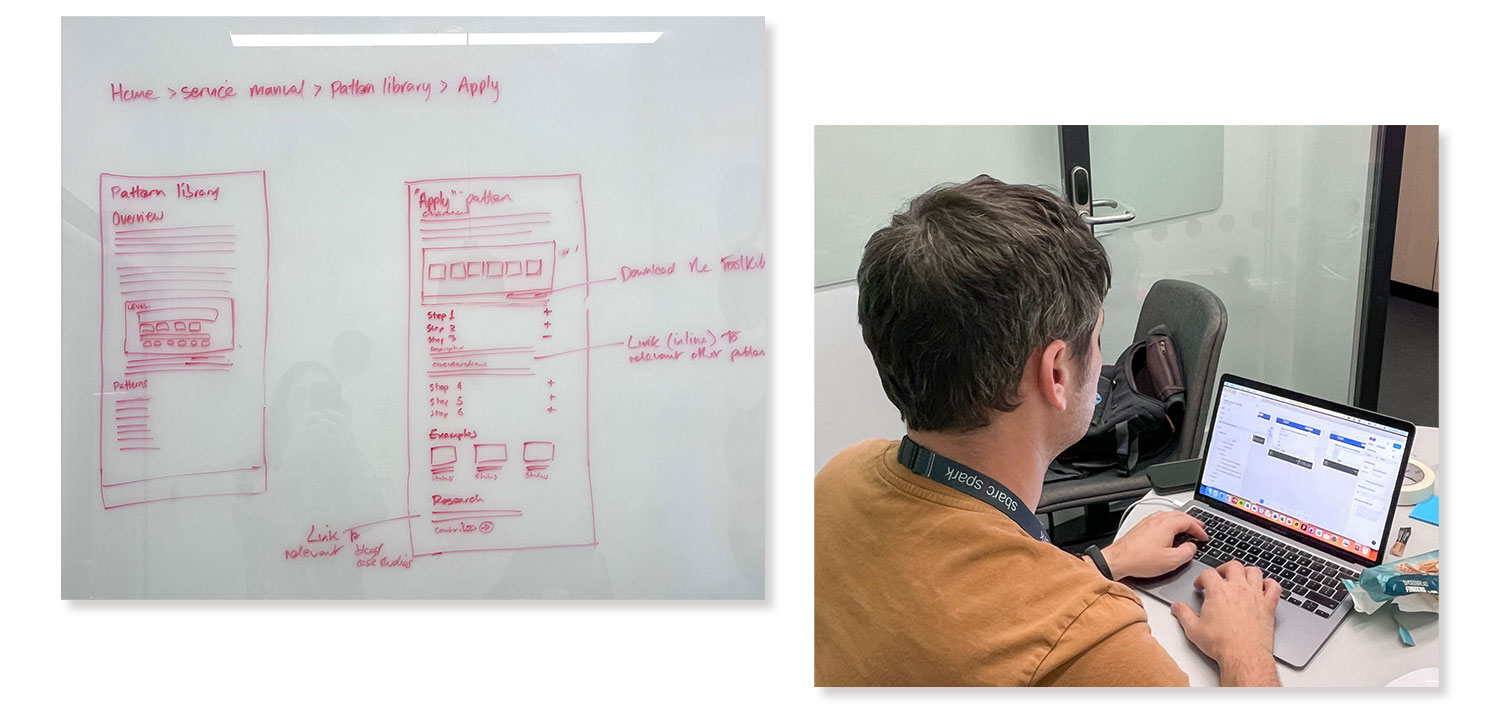
What we've learned
Across workshops, interviews, co-design, collaboration and citizen testing:
- Feasibility – practitioners can use the library with guidance and support
- Usability – library is intuitive for teams with different experience levels
- Practical application – patterns can structure and improve real service journeys
- Consistency and predictability – services feel familiar and easier to use
- Bilingual accessibility – clear Welsh and English content works for fluent speakers and learners
- Adoption needs – continuous engagement, hands-on support and clear guidance are essential
- Integration with live services – embedding patterns saves time, reduces duplication and improves service quality
Next steps
- Launch a minimal viable product service pattern library very soon.
- Co-design and test more patterns with organisations before bringing them into the library.
- Partner with a small number of organisations to help them apply patterns to their live service improvement work.
Work with us
Partner with us to test, refine and grow the service pattern library. Get in touch: patterns@digitalpublicservices.gov.wales
